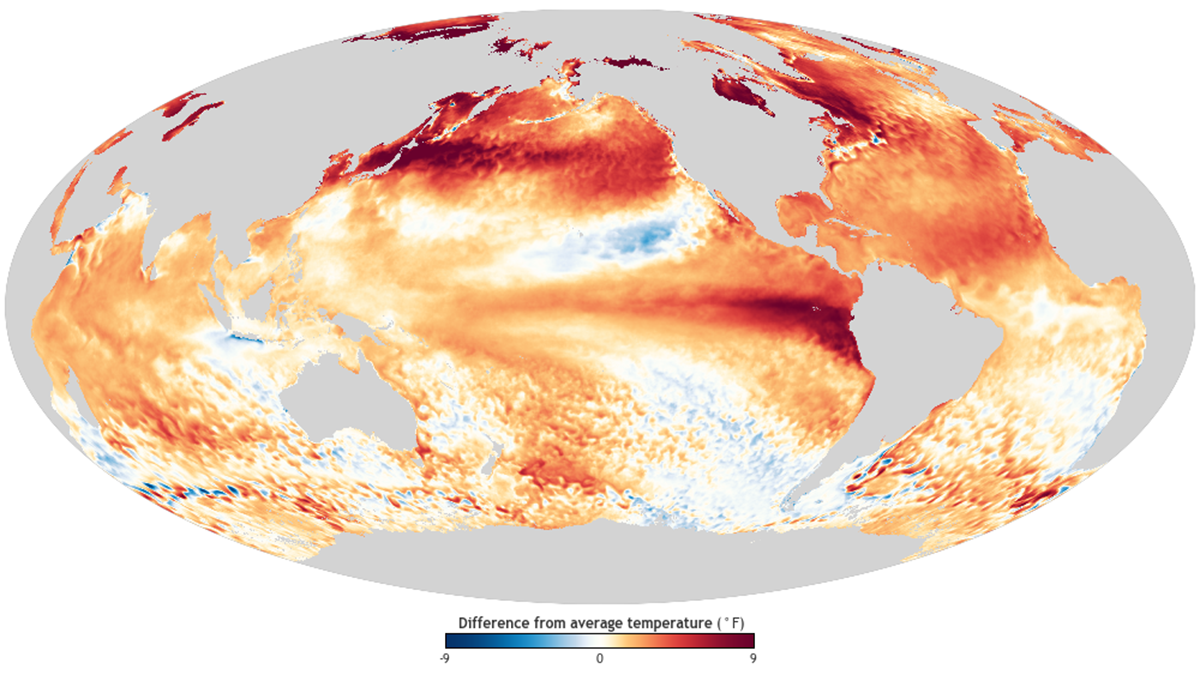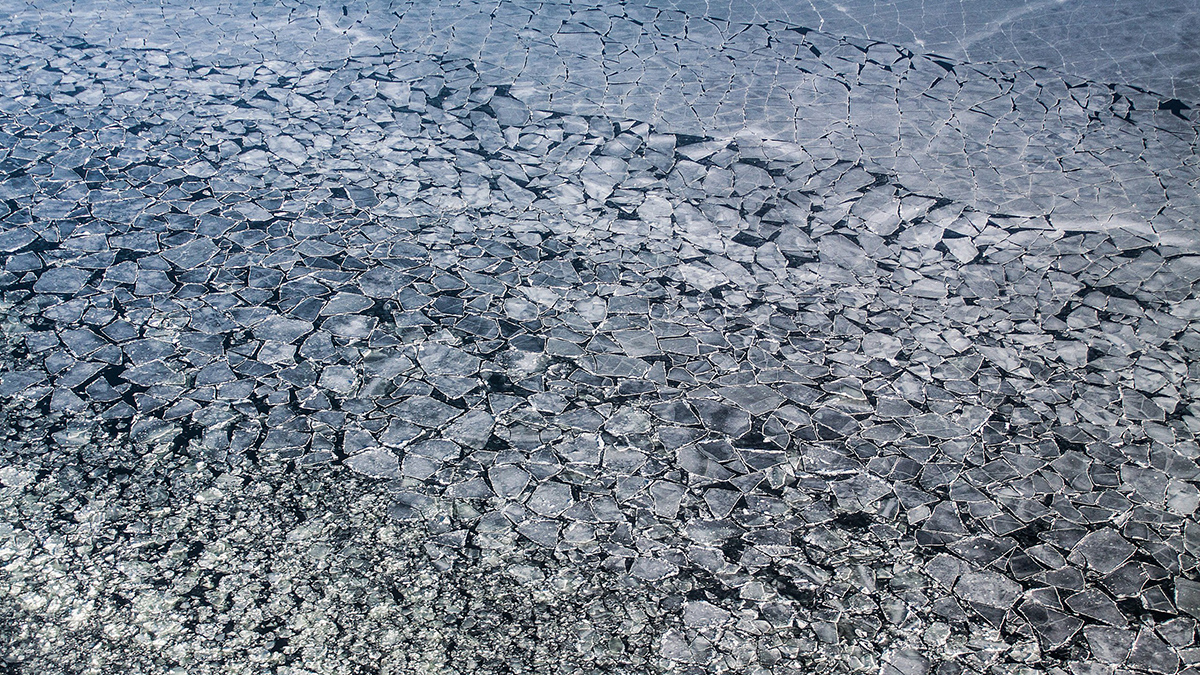Extreme temperature caused by unchecked climate change could claim 2.3 million lives in Europe by 2100, a new study warns.
temperature
Sensing Potential, Scientists Refine Thermal Imaging of Ecosystems
At a recent “bake-off,” researchers judged thermal infrared cameras and developed guidelines for their consistent use in studying vegetation temperatures, which illuminate vital ecosystem processes.
Three Studies Point to El Niño as Key to 2023 Record Global Heat
Three recent studies reveal how the interplay between El Niño and long-term global warming drove the record-breaking global temperatures of 2023.
CT Scans Show How Giant Hailstones Grow
Dental office technology is giving scientists a peek inside giant hailstones.
“Exceptional” Global Warming Spike Continued in 2024
More than 3 billion people experienced their hottest year ever in 2024 because of anthropogenic climate change. The world is speeding toward its 1.5°C warming target.
Darker, Less Cloudy Earth Contributed to Record Heat
Decreases to our planet’s albedo caused by fewer low-lying clouds helped push temperatures to historic highs in 2023, according to new research.
Weather Extremes Influence Human Migration Between Mexico and the United States
Undocumented immigrants from agricultural areas in Mexico are most vulnerable to drought and seasonal weather patterns.
Simulating Arctic Carbon Emissions in a Warming World
Not all climate models include carbon from thawing permafrost, and those that do often disagree. Scientists are working to better inform models and assess how these crucial materials are simulated.
Heat Moves More Freely Through Warmer Sea Ice Than Scientists Thought
Flowing brines transport heat more effectively than old models showed, potentially changing climate simulations.
Curiosity Digs Up Evidence of a Cold, Wet Martian Past
Amorphous materials, which are rarely studied on Earth, yield insights into the history of Gale Crater and the early Martian environment.










